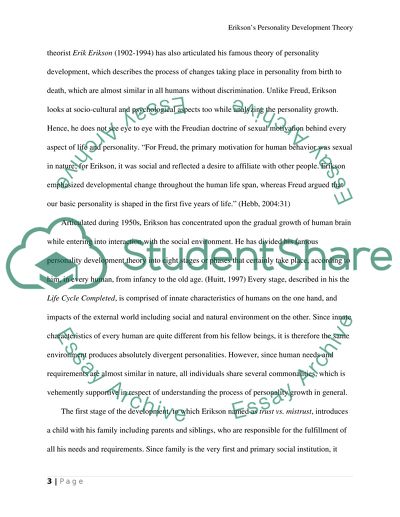Cite this document
(“Personality Development Term Paper Example | Topics and Well Written Essays - 3000 words”, n.d.)
Retrieved de https://studentshare.org/psychology/1391565-erik-erikson-what-was-his-view-of-how-personality
Retrieved de https://studentshare.org/psychology/1391565-erik-erikson-what-was-his-view-of-how-personality
(Personality Development Term Paper Example | Topics and Well Written Essays - 3000 Words)
https://studentshare.org/psychology/1391565-erik-erikson-what-was-his-view-of-how-personality.
https://studentshare.org/psychology/1391565-erik-erikson-what-was-his-view-of-how-personality.
“Personality Development Term Paper Example | Topics and Well Written Essays - 3000 Words”, n.d. https://studentshare.org/psychology/1391565-erik-erikson-what-was-his-view-of-how-personality.


